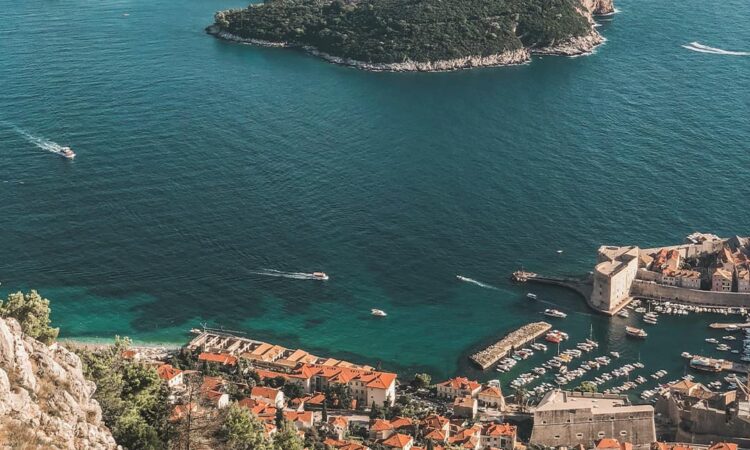The island got its modern name from the British explorer James Cook, who named it so because it served as a barrier between the Pacific Ocean and the Hauraki Gulf. The indigenous, Māori name for Great Barriere is Motu Aotea, which translates from the Māori language as “white cloud island”.
With an area of 285 km², Great Barriere is the fourth largest island in New Zealand (excluding North and South Islands) after Stewart, Chatham and Auckland. The highest point, Mount Hobson or Hirakimata, reaches 621 meters.
The modern name of the island, which translates from English as “great barrier”, reflects Great Barrier’s geographical position at the edge of Hauraki Gulf. 43 km long (north-south), it (like the Coromandel Peninsula to the south) protects the bay from storms in the Pacific Ocean east of the island. The result of this location is a great diversity of coastal scenery. On the eastern shore of Great Barriere are long, clean beaches, unprotected from the wind by sand dunes. This is also where strong surf is noted. On the west coast there are many small isolated coves. In the central part of Great Barriere there are wetlands, rocky hills and kauri forests.
Geologically, the island has a similar structure to the Coromandel Peninsula. The oldest rocks are graywacke and mudstone, which can be found in the extreme northern part of Great Barriere. On top of these lie at least two layers of volcanic rocks, the most common of which are andesites. Acidic rocks such as rhyolites and rhyolitic tuff can be found near Hobson Mountain.
